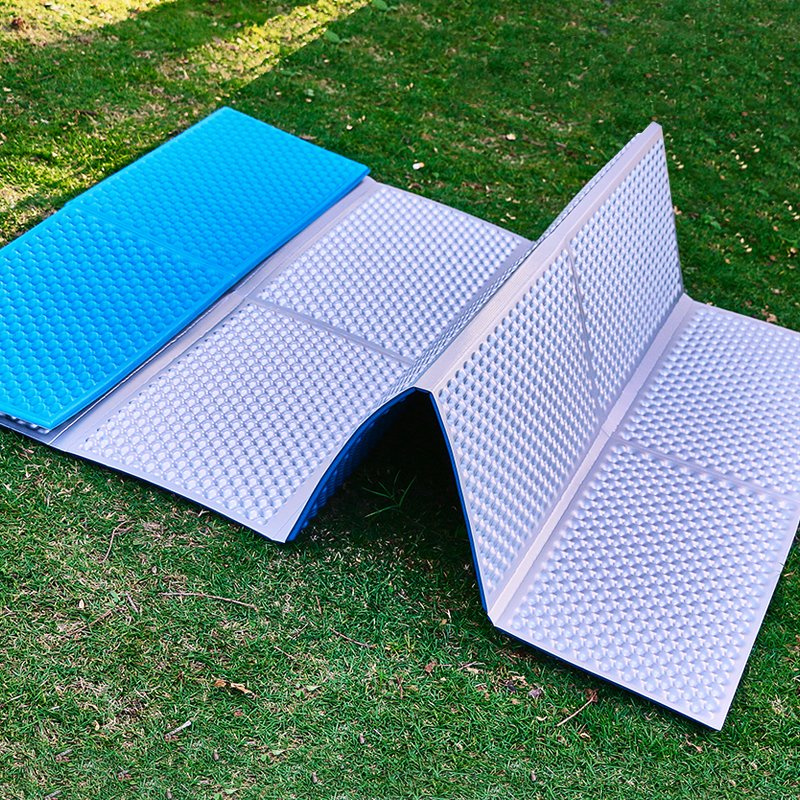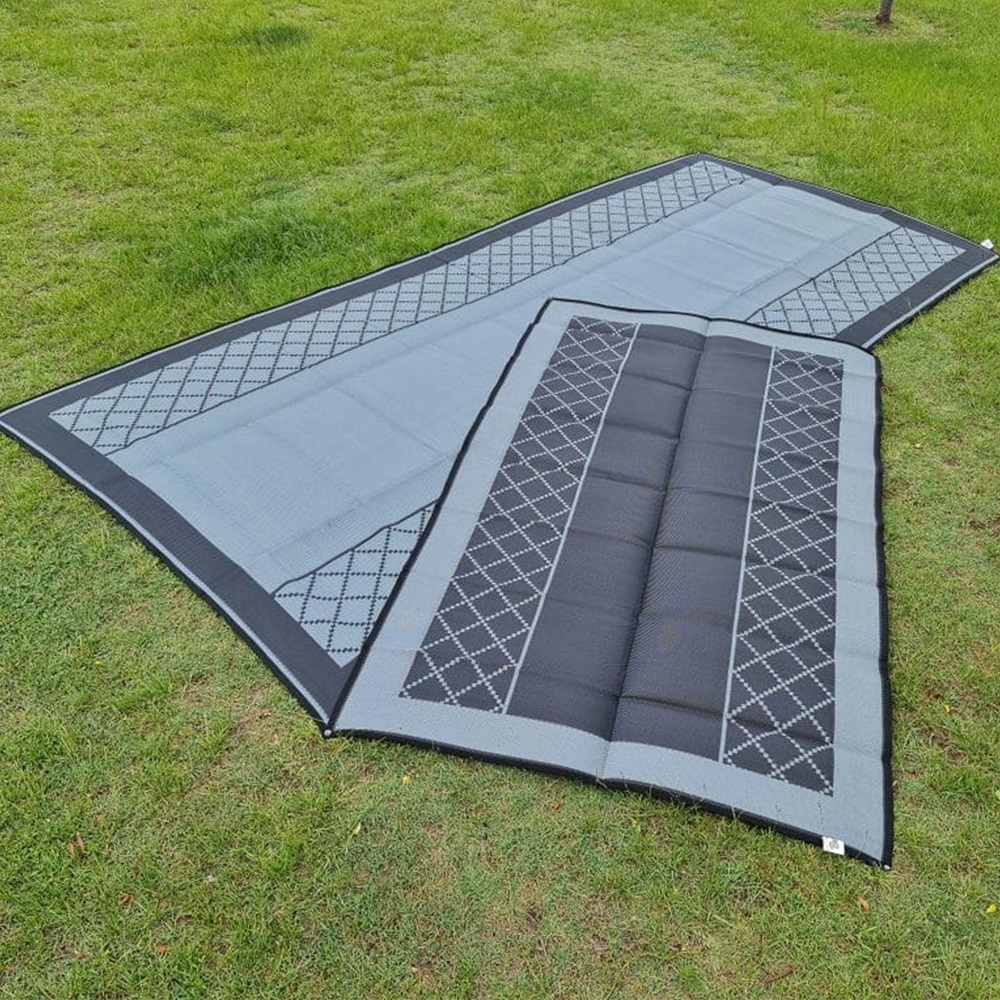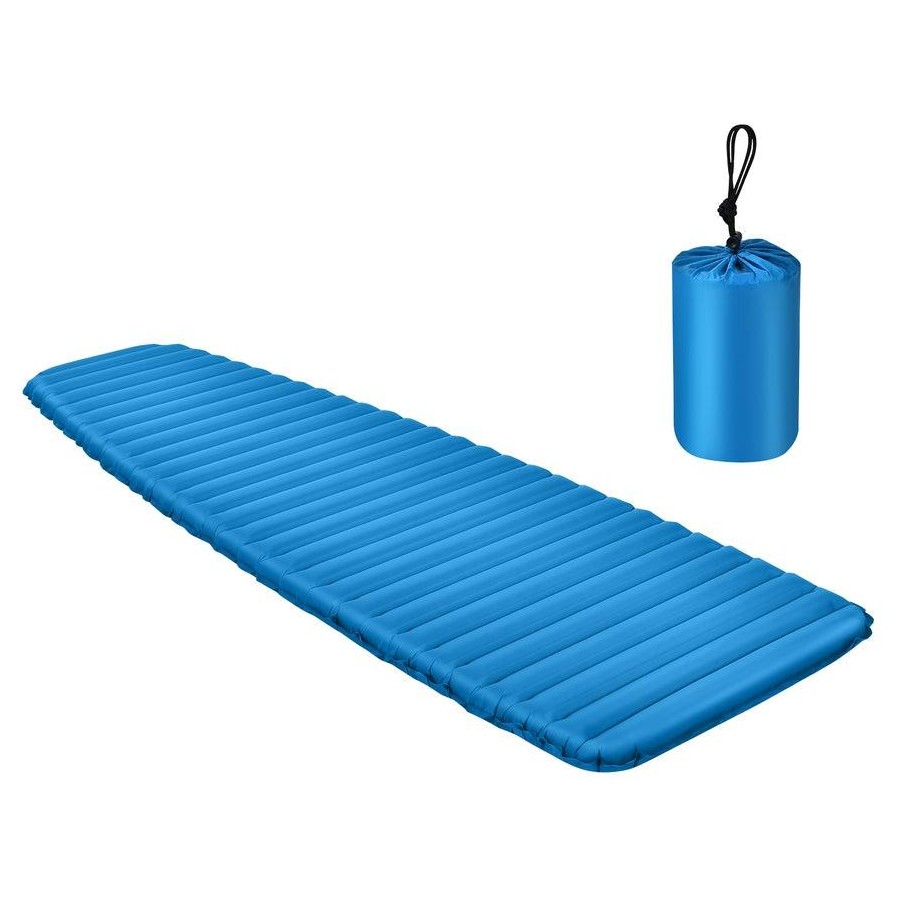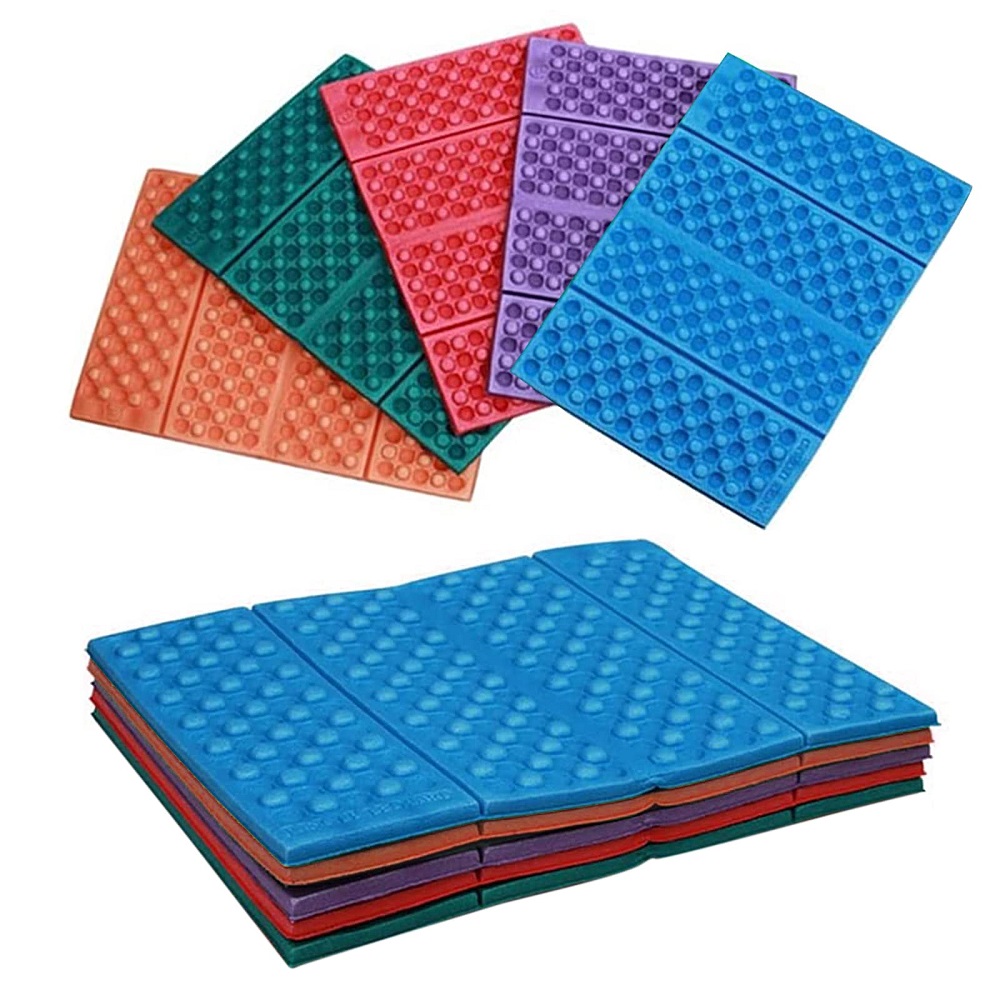Camping is an exhilarating way to experience the great outdoors, but it can also present challenges. One essential piece of gear that greatly enhances your camping experience is the camping mat. A good camping mat provides comfort, insulation, and a barrier between you and the ground. With so many options available on the market, it can be challenging to select the right one for your adventures. This guide will help you understand the different types of camping mats, factors to consider when choosing one, and tips for using and maintaining your camping mat.
Understanding the Different Types of Camping Mats
Foam Camping Mats
Foam camping mats are a solid choice for many campers. They are lightweight, affordable, and simple to use. Made from closed-cell foam, these mats are durable and provide good insulation from the cold ground. Since they are non-inflatable, they are also very easy to set up. Simply unroll them, and you are ready to sleep.
However, foam mats do have some downsides. They typically have limited cushioning compared to inflatable options. Therefore, they may not be as comfortable for those who need extra support while sleeping. Nevertheless, they are an excellent option for budget-conscious campers and those who enjoy minimalist setups.
Inflatable Camping Mats
On the other hand, inflatable camping mats provide greater comfort and superior insulation. These mats are made from lightweight materials that are designed to inflate easily. Many models come with built-in pumps or self-inflating features, making setup quick and convenient.
Inflatable mats often offer a softer sleeping surface than foam options, which can greatly enhance your overall camping experience. They usually provide better insulation as well, making them ideal for colder climates. However, one drawback is that they require careful handling to prevent punctures. Additionally, they need to be inflated before use, which can add some complexity to your camping setup.

Choosing the Right Thickness and Size
Thickness Considerations
When selecting a camping mat, one of the most critical factors is its thickness. Thicker mats generally provide better cushioning, which can improve comfort while sleeping. A thickness of at least two to three inches is typically recommended for optimal comfort, especially for those who sleep on their sides.
However, a thicker mat may also add extra weight, which can be a concern for backpackers. If you are planning a backpacking trip, consider a lighter mat that still offers adequate thickness without compromising comfort. Balancing comfort and weight is essential for ensuring you have a pleasant experience while camping.
Size Matters
Size is another vital aspect to consider when choosing a camping mat. A mat that is too small may leave you feeling cramped and uncomfortable, while one that is too large can be cumbersome to carry. Consider your height and body type when selecting a mat. There are standard and extra-wide options available to accommodate various sizes.
Additionally, think about how you will be using the mat. If you will be camping in a tent, ensure that the mat fits comfortably within the tent’s dimensions. If you are sleeping under the stars, a larger mat may provide added comfort when you spread out. Take time to measure your space and choose a mat that suits your needs.

Evaluating Insulation and Warmth
Importance of Insulation
Insulation is a significant factor in the performance of your camping mat. It helps protect you from the cold ground, which can negatively affect your sleep quality. The insulation provided by a mat is often measured using the R-value system. The higher the R-value, the better the insulation.
For summer camping, a mat with an R-value of 1 to 2 may suffice, as temperatures are usually mild. However, if you plan to camp in colder conditions, aim for a mat with an R-value of 3 or higher. Such mats will ensure that you stay warm and comfortable during chilly nights.
Temperature Considerations
When evaluating insulation, consider the type of camping you plan to do. If you are a warm-weather camper, you might prioritize other features, such as weight and packability over insulation. In contrast, winter campers require a heavy-duty mat that can withstand extremely cold temperatures. Also, keep in mind that the sleeping bag you use will affect your overall warmth. This means that a well-insulated mat complements a high-quality sleeping bag for optimal comfort.
Assessing Portability and Weight
Importance of Portability
Portability is crucial when selecting a camping mat, especially for backpackers and hikers. A lightweight mat will ease the burden of carrying gear over long distances. When evaluating weight, consider not only the mat itself but also any additional accessories required, such as a pump or repair kit.
Many inflatable camping mats are designed for portability and can weigh as little as one pound or even less. Foam mats are generally heavier but are often more durable. Choose the option that best fits your camping style. If you are driving to your campsite, weight may be less of an issue than if you are hiking long distances.
Compression and Packability
Many camping mats are designed to compress down to a smaller size for easy packing. This feature is particularly important for those traveling with limited space in their backpacks or vehicles. When evaluating a mat, check its packed dimensions versus its inflated size to see how much space it will take up in your gear.
Look for features such as straps or built-in carrying cases that make it easy to secure the mat when not in use. The ability to pack your mat efficiently will streamline your setup and improve your overall camping experience.

Considering Durability and Maintenance
Material Quality
Durability is an essential consideration when choosing a camping mat. Different materials offer varying levels of wear and tear resistance. Most inflatable mats are made from nylon or polyester, providing a lightweight yet strong option. Look for mats with ripstop fabric, which adds extra durability and reduces the risk of leaks.
Foam mats, while generally more resistant to damage, can still show signs of wear over time. Ensure that the foam is high-density for better longevity. Researching the durability of your chosen mat can save you time and money in the long run.
Maintenance Requirements
Proper maintenance will extend the lifespan of your camping mat. For inflatable mats, routine checks for punctures and leaks are important. Use a patch kit to address any issues immediately. Clean your mat after each use by wiping it down with a damp cloth, ensuring it is free of dirt and moisture before storing.
Foam mats require less maintenance but should also be cleaned to avoid accumulating dirt and odors. Store your foam mat in a cool, dry place to prevent mildew. Following these maintenance tips will help keep your camping mat in good shape for future adventures.

Budgeting for Your Camping Mat
Understanding Price Ranges
When shopping for a camping mat, determining your budget is essential. Prices can vary widely based on factors such as material, brand, and features. Basic foam mats can be very affordable, while high-quality inflatable mats may carry a higher price tag.
Consider how frequently you will use the mat and the types of camping experiences you plan to have. Investing in a higher-quality mat may provide comfort and durability in the long run. Set a budget that aligns with your needs while allowing for flexibility to explore different options.
Exploring Value Options
While high-end mats often offer superior quality and features, there are also excellent mid-range options available. Look for mats that provide the best balance between price and performance. Features such as a decent R-value, comfort, and ease of use should weigh heavily in your decision, as they can enhance your camping experience.
Don’t hesitate to read reviews and compare different brands to find the best value for your budget. This research can help you identify mats that meet your needs without overspending.

Testing Before You Buy
The Benefit of In-Store Testing
If possible, it is always a good idea to test a camping mat in-store before making a purchase. Many retailers allow you to feel the material and evaluate the comfort level. You can also check the size and thickness to see how it fits your personal preferences. Testing the mat’s firmness and design will give insight into how it will perform during your camping trips.
When trying out a mat, simulate the sleeping position you typically use. This practice ensures that the mat can support you effectively during the night. Engage with store staff for recommendations based on your camping habits and questions about various options.
Online Purchase Considerations
If you prefer to shop online, make sure to read detailed product descriptions and reviews. Pay attention to features like size, material, and user comfort levels. Some online retailers offer return policies that allow you to test the mat at home. Take advantage of these policies to ensure the camping mat you choose is the best fit for you.
In conclusion, selecting the right camping mat is vital for a comfortable and enjoyable outdoor experience. By understanding the different types of camping mats, considering factors such as fit, fabric, insulation, portability, and durability, you can make an informed decision. With careful evaluation and testing, you will find a camping mat that aligns with your needs and enhances your adventures. Whether you are camping for a weekend in the woods or exploring national parks, the right camping mat can make all the difference in ensuring a restful night’s sleep under the stars. Embrace your love for the outdoors, and invest in a quality camping mat that will serve you well for many adventures to come!
